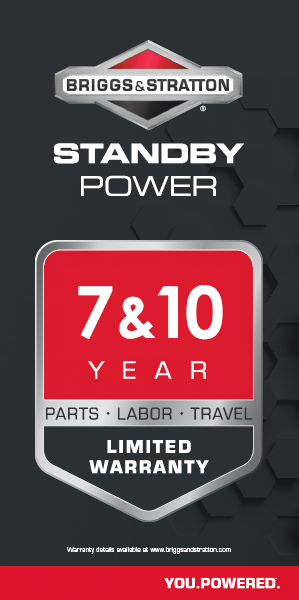4.7
100+ Happy Customers
4.7
100+ Happy Customers


Brotherlylove Electric is a full-service electrical Contracting company proudly servicing the Greater Houston area—and now Dallas, Texas! With over a 50 years of Combined experience, we are licensed, insured, and committed to excellence in every job we take on. We offer a wide range of electrical services, from repairs and installations to maintenance and whole-home generator installation and service. We are committed to providing our customers with the highest quality of service possible, and we strive to exceed their expectations every time. Contact us today to schedule a consultation or appointment.
Purchasing a whole-home generator is an important investment in your comfort and peace of mind. We understand how much it matters to keep your home and family protected, and that’s always our top priority.
Our trained, professional electricians take care of the entire process for you. We don’t just sell generators — we provide full installation by certified technicians who make sure your standby system is set up for reliable, peak performance. We also offer ongoing maintenance and remote monitoring to keep your generator ready whenever you need it.


At Brotherlylove Electric, we believe in perfection. We do not consider the job done until our client is 100% satisfied.
We are transparent and straightforward with our rates.
Call us today and ask all the questions you might have.
The cost of hiring an electrician in Dallas can vary based on several factors, including the scope of work, the complexity of the project, and the electrician’s experience and qualifications. Whether you need simple repairs, a full electrical upgrade, or specialized installations, pricing will depend on the specifics of the job.
For the most accurate estimate, it’s best to have a professional assess your electrical needs. If you’re looking for a trusted Dallas electrician, contact us today for a detailed quote and expert service.